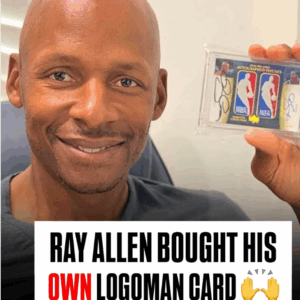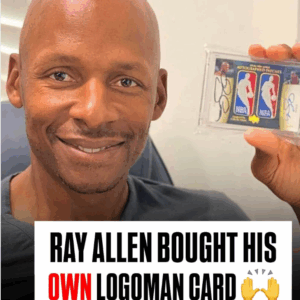Victor Wembanyama, the San Antonio Spurs’ towering star known for both his formidable stature and impeccable play, has been benched for the remainder of the 2024-25 NBA season. Diagnosed with deep vein thrombosis (DVT) in his right shoulder, this injury is an unexpected and unwelcome interruption of what looked like a historic ascent.
For those unacquainted with medical jargon, DVT refers to a blood clot that forms in a deep vein, typically in the legs. Wembanyama’s case is quite unique, as his DVT has lodged itself in the shoulder area—an uncommon occurrence, especially in young athletes at the top of their game. This news has not only halted his current season but has potentially dramatic implications both for his career trajectory and for the Spurs.
Following the diagnosis, interim head coach Mitch Johnson expressed measured optimism, assuring fans and stakeholders that there is “no concern for Victor’s health personally (long term) or his basketball activities.” Yet, while the Spurs are publicly wearing brave faces, the shadow of uncertainty looms large. Blood clot issues are notoriously unpredictable and can be career-defining, as we’ve painfully witnessed in the past with other players.
Drawbacks to side-lining Wembanyama go beyond immediate impacts on this season. They extend to concerns related to his legacy—especially about his physical endurance and durability as he navigates the rigorous demands of an NBA career. Wembanyama, with his towering 7’4″ frame, fits the archetype of athletes historically prone to such issues, raising alarms and whispers about his long-term viability in the sport.
In an eerily reminiscent vein, comparisons have been drawn to Chris Bosh. This Hall of Famer, once a powerful force on the court, faced a similar foe. Struck by recurring blood clots, Bosh’s vibrant career was prematurely curtailed, leading to a forced retirement at the age of 32. Although the particulars of their medical conditions differ—Bosh’s affliction involved more dangerous pulmonary risks—the parallels still provoke concern.
The glass-half-empty perspective casts Wembanyama’s future in a somewhat grim light: Could this be the first warning sign of persistent health issues? Doubts linger over whether this might spell a longer-term hindrance, despite the clinical reassurances being placed on the record.
Prior to this medical setback, Wembanyama seemed almost preordained for stardom. His stats—averaging 24.3 points, 11 rebounds, 3.7 assists, and 3.8 blocks—had NBA enthusiasts watching spellbound. Building team dynamics around him, the Spurs ambitiously traded for De’Aaron Fox at the trade deadline, hoping to bridge their youth movement with a dash for the Play-In Tournament. Those ambitions are now unfortunately curtailed.
With the hardwood temporarily out of reach, what does this mean for his career prospects? A single-season absence, especially this early in a promising career, is far from a career-killer, yet it does pose challenges. Concerns over his ability to endure the physical toll of professional basketball could deter future strategic moves by the Spurs and color his perceived value across the league.
His absence has tangible impacts elsewhere, including the rookie card market. Wembanyama, who had become a household name in trading circles, sees his cards too taking a hit. Often driven by hype and player performance, his rookie card prices are now expected to face a dip—a knee-jerk reaction to the unknowns surrounding his health. Investors might temporarily flee his market, waiting for reaffirmation of his prowess on the court before recommitting.
Historically, such injuries have caused similar temporary downturns in trading card investments, as illustrated by Zion Williamson’s saga. Injury sidelined Zion, and his card values plummeted from dizzying highs as collectors refused to gamble on future profitability. Should Wembanyama’s prognosis become murkier, he might face similar financial turbulence in the collectibles market.
Despite all this, the future might still surprise us positively. If the medical team’s optimism translates to reality and this clot proves just a lone blip, Wembanyama could step back onto the court for the 2025-26 season, fully refreshed and hungry to reclaim his path to basketball immortality.
Yet the specter of his size and susceptibility to injury remains a storyline that will follow him. The past year was booming, with fans dreaming of his generational potential, and this injury now marks a pivotal chapter. Observers wonder whether it’s a minor setback or the beginning of a troublesome narrative about fragility.
Victor Wembanyama’s ordeal encapsulates the delicate dance between potential and peril that accompanies any promising sports career. For now, we watch impatiently, hoping for a grand comeback while fervently wishing the ailment proves to be but a fleeting episode. His response to this setback will likely define the next chapter of his flourishing career on the court.





